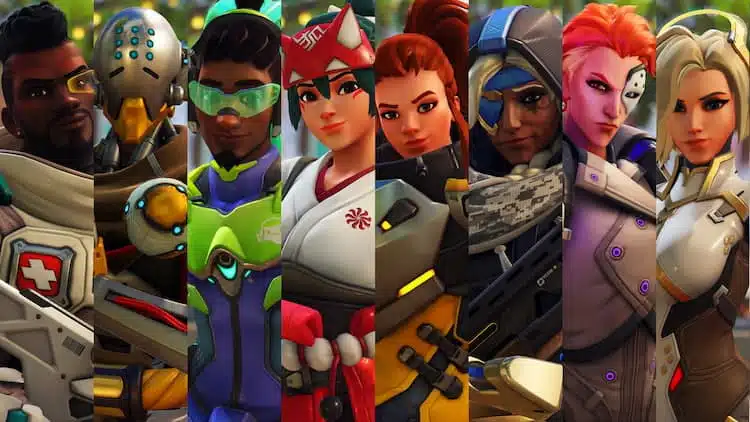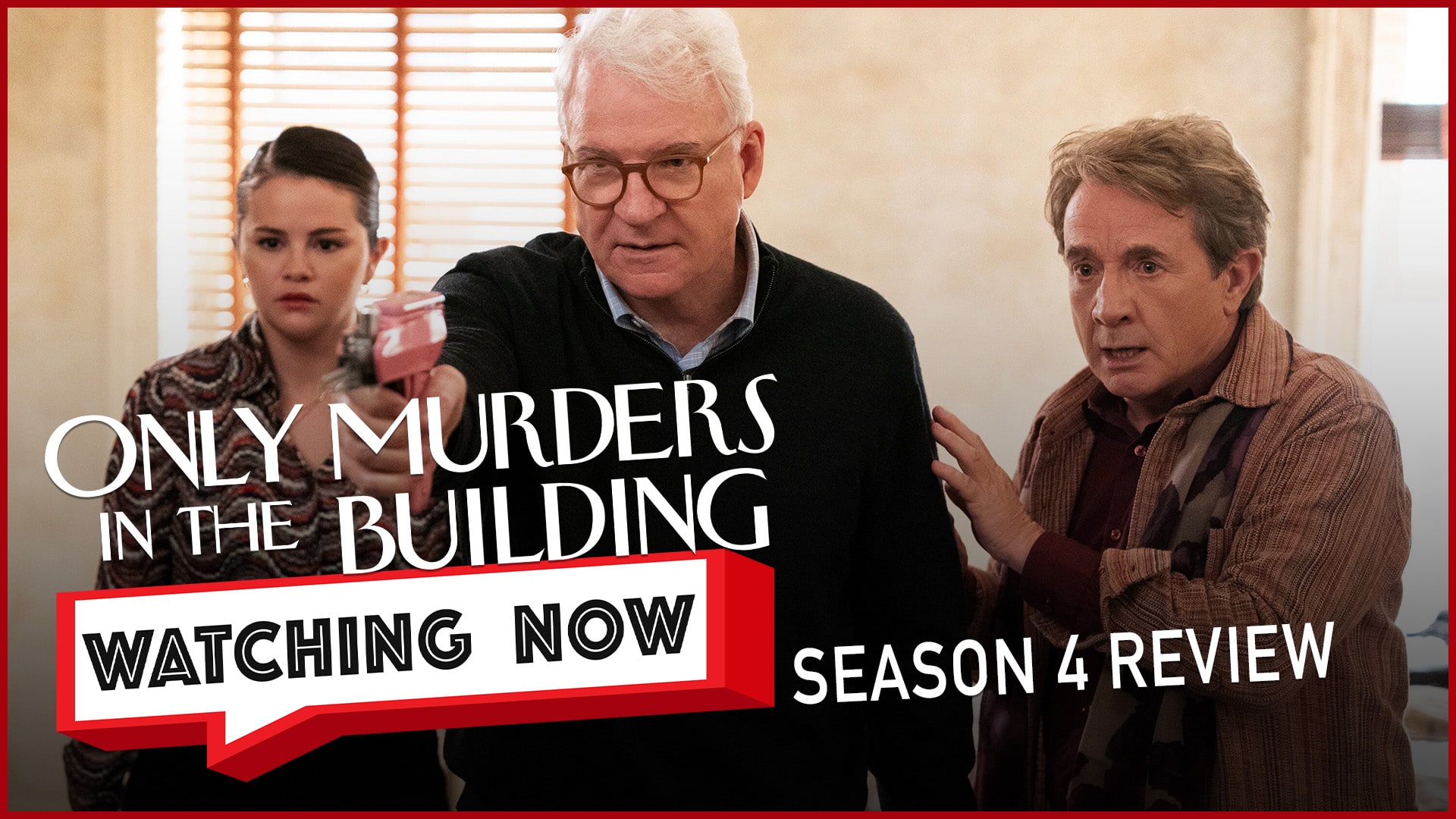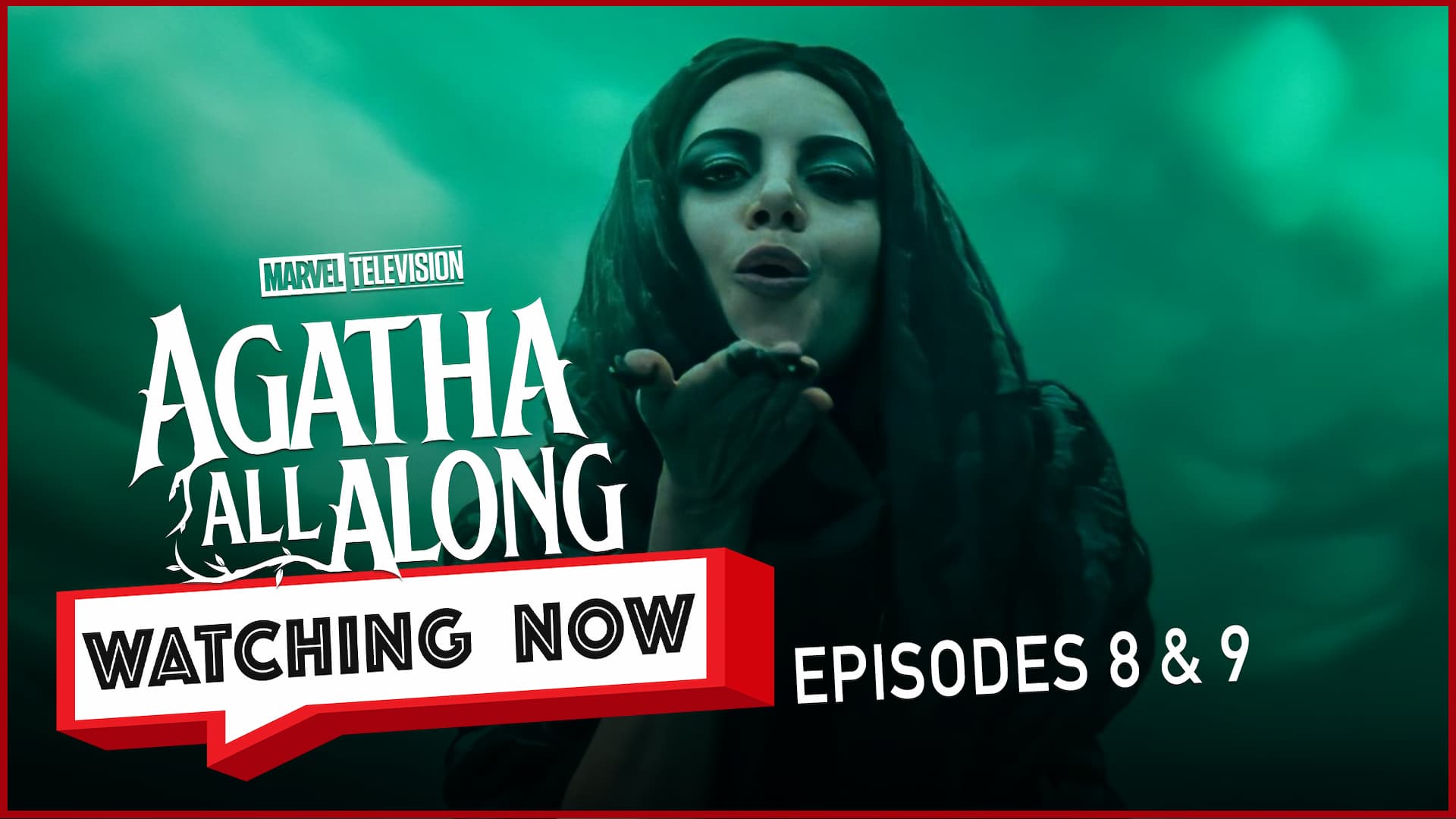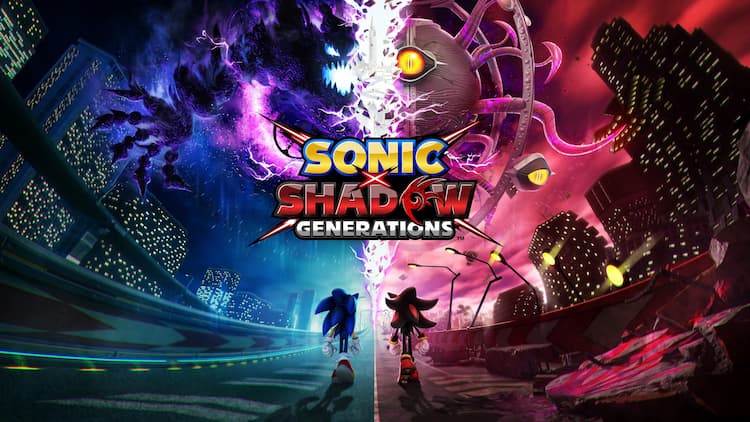
It’s fair to say Overwatch 2 has been a success for Activision-Blizzard, revitalizing an IP suffering from waning interest. The “free-to-play” model and 5v5 gameplay shake-up have done a lot to bring in new players, so a whole new host of people have been spending the last couple of months learning the ins and outs of the game.
But that doesn’t mean everyone has figured it out yet – and I’ve noticed that many people don’t have a great grasp on the role of different support heroes in Overwatch 2. I don’t mean any offense to support players! I’m a support main myself, so I know how frustrating it can be to take the blame for things that are completely out of your hands.
But all the same, I see people trying to force heroes into roles they aren’t meant to fulfill. For instance, I’ll sometimes see a Mercy with great movement jetting around and healing up their teammates but never once amplifying the damage of their DPS players. This is a fundamental failure of playing the hero!
To better understand the supports, we can split them into 2 useful categories: the main healers and the flex healers. There’s a lot to break down in each of these categories, so we’re going to cover the main healers in this article and the flex healers in a second guide here on CouchSoup!
The common trait shared by main healers is that they are very good at keeping their teammates – and themselves – alive during a team fight. As such, they should be primarily focused on healing and only doing damage when a good opportunity arises.
On the other hand, flex healers don’t put out quite as much healing as a main healer can, but their kits usually contain abilities that “enable” their team. Flex healers usually have a method of enhancing their teammates’ speed or damage, allowing them to end a fight faster (and justifying the lower healing output).
With that out of the way, now we can talk about the role each main healer fulfills and how they can be a viable pick for their team…
The Main Healers of Overwatch 2

Talon’s top scientist has developed quite the menacing reputation since Overwatch 2’s launch. The dreaded “DPS Moira” can be something of a noob stomper, but you’re not going to see very much success with that playstyle in a more competitive environment.
Moira has some of the highest healing potential in the entire game – and her damage is meant to supplement that healing stream. Her Biotic Grasp heals a whopping 70 health per second and can hit multiple teammates if they’re standing in her stream. In addition, the ability continues healing after you let go, providing an additional 35 health per second over 2 seconds.
It’s actually better to “tap” your Biotic Grasp for healing because you’ll expend fewer resources and activate the healing over time more quickly. On the other side of the same coin, when you’re damaging enemies to build your healing back up, “tapping” them does less damage but builds your healing resources up more quickly.
Additionally, Moira’s Biotic Orb will do 65 healing per second when it passes by teammates but only 50 damage per second when attacking enemies… Damage orbs have the benefit of refilling the healing on your Biotic Grasp, though, so you have to choose which orb to send out according to the situation you find yourself in.
These tips are super important to keep in mind because Moira has no actual utility outside of “healing” and “damage.” If you aren’t focused on keeping your teammates topped off and building up Coalescence for a big, grouped-up team fight, you are failing your team! Stay close to them, play smart, and you’ll keep each other alive.

Overwatch’s Egyptian grandma is a force to be reckoned with. While she might not be able to go toe-to-toe with a good Widowmaker in-game, Ana can keep her teammates alive from far, far away, making her a truly invaluable asset.
Each of the darts Ana fires does either 75 healing or 75 damage, but a good Ana will be focused on shooting their teammates rather than the enemy. 75 damage makes for a solid hit, but keeping your team alive to deal even more damage is invaluable. If you’re going to hit an enemy, finish one off with low health to remove them from the fight and then get right back to healing.
Ana’s abilities provide some of the best utility in the game, as well. Her Sleep Dart is a great way to knock out an enemy diving into her personal space, allowing teammates a couple second window to come back and peel for their support. A well-timed (and well-placed) Sleep Dart can also interrupt some really scary ults, like Cassidy’s High Noon and Reaper’s Death Blossom.
The Biotic Grenade is also extremely valuable, boosting any healing on allies hit by it and completely negating any healing done to enemies hit by it. These anti-grenades are great for when enemies are pushing up clustered tightly together or when the enemy tank is engaged in close combat with your own tank, and you can splash them both.
There are really only three things to keep in mind before tossing the Biotic Grenade: it gets blocked by shields and barriers, Kiriko can cleanse it with her Protection Suzu, and the enemy tank should be your #1 target to land this ability on. If you’re able to keep rolling the enemy tank, you’ll be able to win a lot more of your team fights.
Finally, Ana’s ult is one of the most valuable assets in the game. Her Nano Boost builds extremely quickly, and when it’s used, it restores 250 of the selected teammate’s health and then boosts their damage and their damage resistance by 50% each for 8 whole seconds.
This is the “pièce de résistance” of support ults, and it will often determine the outcome of the team fight during which it is used. Combined with other ults, such as Genji’s Dragonblade, the Nano Boost can wipe out the entire enemy team. Build this as quickly as you can, and you’ll be racking up victories with Ana in no time.

Baptiste is a main healer with fantastic damage output, to boot. He’s also the only character in the game that can make his team effectively unkillable.
The ex-Talon combat medic’s healing output is comparable to Ana, although you might not eke quite as much healing out of Baptiste’s Biotic Launcher. The Launcher holds 45 rounds of ammunition (they fire in 3-round bursts) and 13 healing grenades.
Each healing grenade does either 50 splash healing or 70 healing on a direct hit. A Baptiste that can continue landing direct hits will essentially keep pace with Ana’s rate of healing, but it isn’t really mechanically feasible to do so. Instead, a good Baptiste will hover somewhere between 55 and 77 healing per second, assuming they’re landing at least the splash with each fired grenade.
When you reload the Launcher, you’re replenishing the bullets and the grenades at the same time. This means you should be using them in tandem with one another to push the Biotic Launcher to its full potential. A good Baptiste will learn how to nade, shoot, nade; you pop healing on a teammate, shoot the enemy they’re fighting, pop healing on a teammate, and rinse and repeat with that cycle for maximum impact.
Crucially, you should be playing high ground whenever it’s possible to be doing so with Baptiste. His passive ability, Exo Boots, allows Bap to charge a jump to high places by crouching for a couple seconds. This advantageous positioning makes it a lot easier for Baptiste to lob healing grenades down onto his teammates, land shots on enemies, and play natural cover.
Finally, Baptiste’s two abilities offer some of the highest defensive utility in the game. His Regenerative Burst is great for keeping himself alive, but you should always remain cognizant about sharing it with the team, too. It heals anyone that’s under half HP for 100 health, rather than 50, and then continues to heal more over the next 5 seconds.
The Immortality Field is one of the most valuable abilities in the game, allowing Baptiste to throw a lamp down that makes it impossible for teammates to fall under 25% health while it is active. It can be used to nullify many ults, but you’ll likely need to follow up with the Regenerative Burst ability to truly reset the fight afterward.
The key to effectively using the Immortality Field is playing it around cover, keeping it out of enemy line-of-sight to make sure you can get the maximum uptime.
Baptiste’s abilities have some of the longest cooldowns in the game, but they also have a massive impact on the match. Learning to effectively play around these cooldown times is essential to getting better with Bap!

I feel like this is going to be my most controversial pick… mainly because I wasn’t quite sure whether I wanted to categorize Kiriko as a main healer or a flex healer. But at the end of the day, a good Kiriko can single-handedly keep a smart team alive – especially through the use of the Protection Suzu.
Kiriko’s Healing Ofuda have travel time, but they home in on your teammates when you throw them in their direction, making healing with Kiriko a lot easier than with Ana or Baptiste. The ofuda heals a maximum of roughly 70 health per second, so they do a pretty good job of keeping your team alive. Additionally, Kiriko’s Swift Step can get her out of a bad situation, so if the teammate you’re pocketing dies, you can turn around and teleport to a different teammate rather than share the same fate.
Kiriko also gets some really good value out of throwing kunai out between ofuda bursts, with each kunai chipping away 40 health on a hit – or a whopping 120 on a headshot. A Kiriko with good aim can be absolutely deadly, but you should still find a balance between healing and doing damage.
Kiriko’s ultimate exemplifies this idea of playing a balanced role: her Kitsune Rush speeds the team up, shortens cooldowns, and increases the fire rate of any teammate standing on the fox’s path. Kiriko can join the offensive, tossing out kunai at the quicker rate of fire, or she can throw out even more ofuda during the ult, keeping her team alive as they siege the path she just carved out.
Finally – and most importantly – Kiriko’s Protection Suzu heals 50 health and renders teammates invulnerable for 0.85 seconds. This is massive! A good Kiriko can use this to heal a bit while also removing a teammate from a situation that would’ve spelled their doom. It might not last as long as Baptiste’s Immortality Field, but it also can’t be shut down by the enemy team.
If it’s timed correctly, it can completely cancel certain ults. You can unfreeze teammates during Mei’s Blizzard, get them up and fighting immediately after Reinhardt’s Earthshatter, or even completely nullify D.Va’s Self-Destruct. Kiriko’s Suzu may very well be the most over-tuned support ability in the game right now, making her a necessity in a number of meta team comps.
Last but not least…
This guide was meant to explain how to best use each main healer in Overwatch 2, but it’s not meant to dictate your team composition in every match. Sometimes it’s best to have two main healers, sometimes it’s best to have two flex healers, and sometimes you want one of each.
As long as you’re playing a support hero to their fullest potential, it’s worth experimenting with different team combinations to see what works best for you! If you’re curious about our recommendations for flex healers, click here.
Which main healer seems the most interesting to you? Is there anything you think I got wrong? Sound off in the comments down below!



